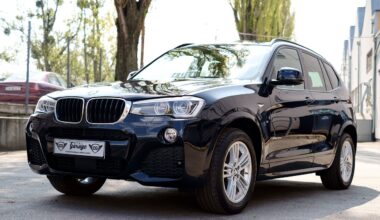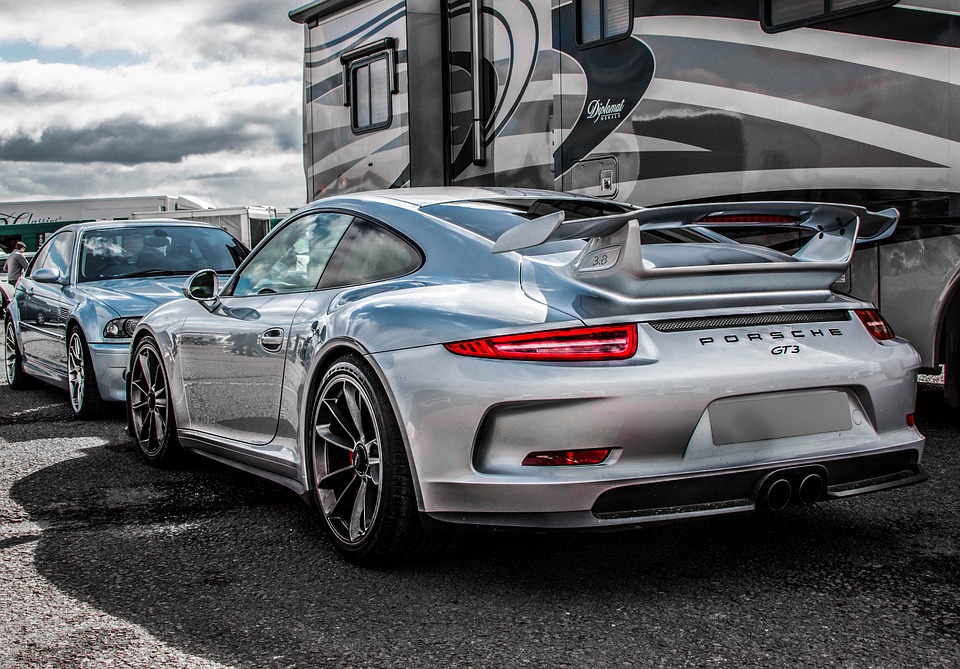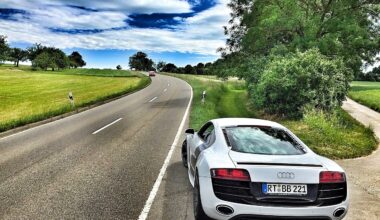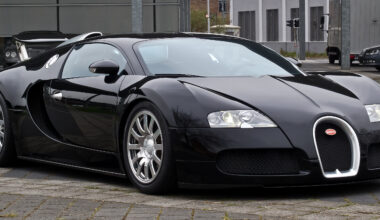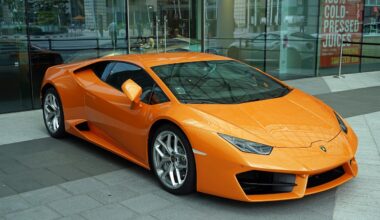Some of the most iconic automobiles of all time were produced during the 1950s. During this fantastic decade, imaginative manufacturers produced breathtaking dream automobiles with space-age style.
Sophisticated engineering achievements combined with unbridled anticipation will usher in a golden age of motoring.
Though obsolete by today’s standards, the colorful and boisterous classics of the 1950s have an unmistakable allure.
Their extravagant curves, confident lines, and opulent adornment exemplify the unbounded American spirit of the Fabulous Fifties.
These automobile artifacts provide a glimpse into the culture and aspirations of that fascinating postwar age.
8 Revolutionary Classic Cars From the 1950s Through the 1970s
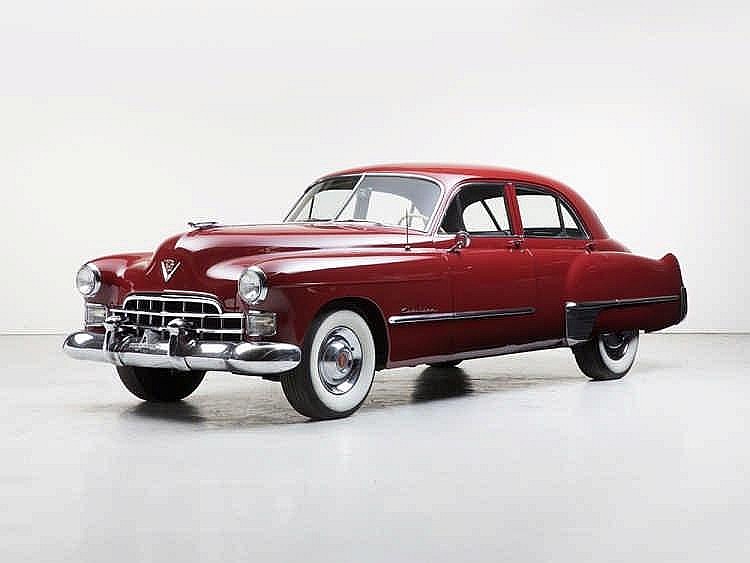
1. Chevrolet Bel Air
The Chevrolet Bel Air was Chevrolet’s top full-size vehicle in the 1950s and early 1960s. It was produced in a variety of body configurations, including convertible, hardtop, sedan, and wagon, between 1950 and 1975.
The Bel Air’s key features included iconic styling with bold chrome trim, sweeping lines, and two-tone paint schemes; optional V8 engines ranging from 265 cubic inches to 348 cubic inches, which provided strong performance; luxurious interiors with cloth/vinyl upholstery, chrome accents, and full wheel covers; and innovations such as the first Chevrolet small-block V8 in 1955 and fuel injection in 1957.
The Bel Air was one of the most iconic American automobiles of the 1950s, and it had a significant impact on automotive design.
Its style set trends with big grilles, tailfins, and hardtop rooflines. Bel Air versions outfitted with the V8 helped usher in the age of inexpensive high performance, which led to the muscle car.
The Bel Air also established the concept of premium design and features in a mid-range vehicle.
ALSO CHECK Top 10 Affordable Sorts Cars of 2024
2. Cadillac Eldorado
The Eldorado model marked the pinnacle of Cadillac luxury. Early significant features were distinct styling with substantial tailfins, a “rocket” hood ornament, and chromed embellishments.
Powerful V8 engines with outputs ranging from 270 to 325 horsepower; opulent interiors with leather upholstery, power features, and automatic climate control; technological advances such as automatic headlamp dimmers (1952) and air suspension (1957).
The Eldorado, Cadillac’s premium model, inspired automobile design with its heavy use of chrome, prominent tailfins, wrap-around windshields, and luxury interiors.
It also pioneered numerous technological advancements that became standard, including as automated transmissions and power steering. The Eldorado solidified Cadillac’s luxury image and positioned the car as an aspirational American icon.
3. Ford Thunderbird
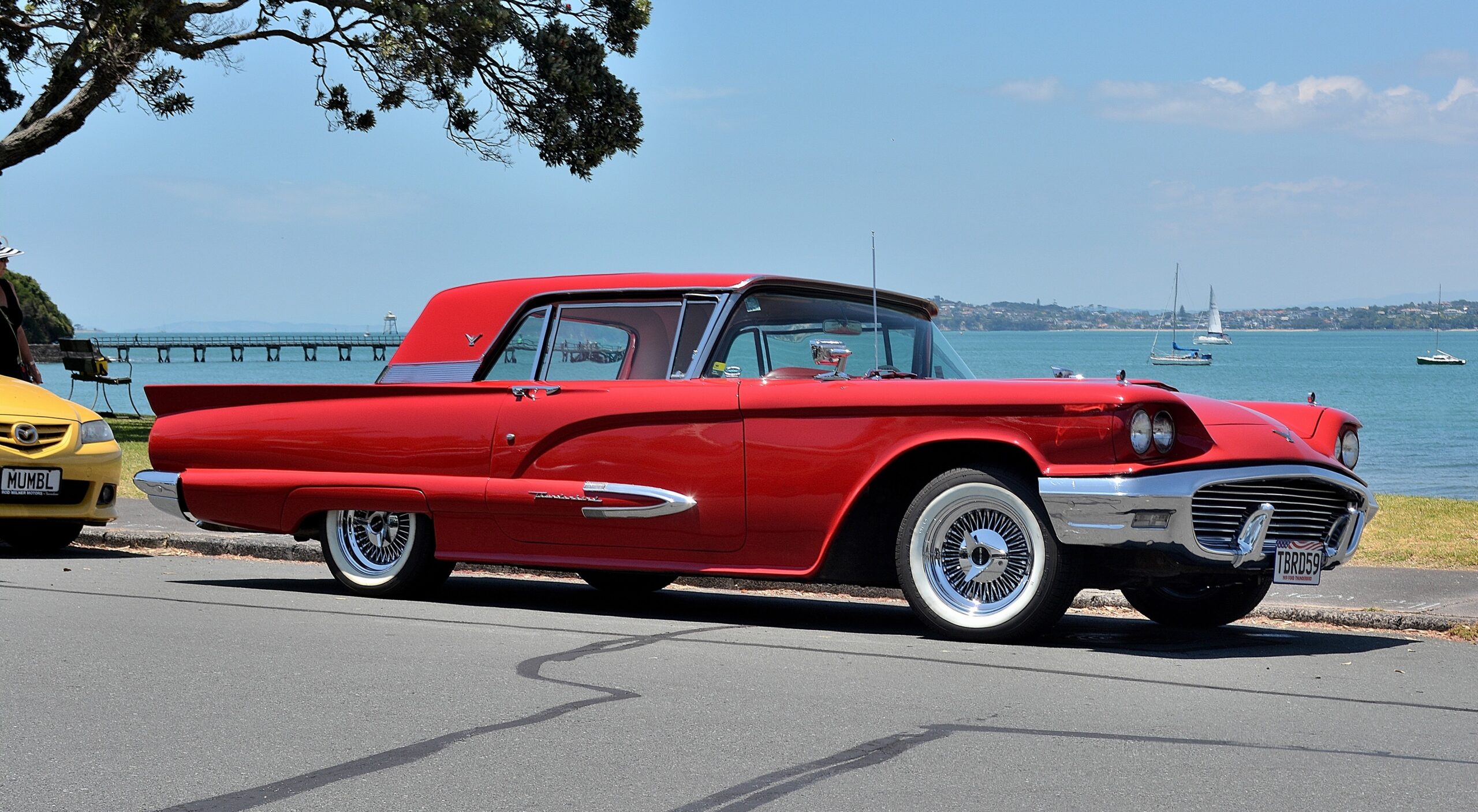
The Thunderbird, introduced in 1955 as a two-seat convertible, was Ford’s answer to the Chevrolet Corvette. Notable features included: distinctive styling with a long hood, short rear deck, and prominent grille and bumper; standard 292 cubic inch V8 engine with up to 300 horsepower for strong performance; sporty two-seat interior with bucket seats and a console; and industry firsts such as a factory-installed supercharger (1957) and four-seat option (1958).
The Thunderbird had a huge impact as one of the first “personal luxury cars,” stressing comfort, features, and style over sheer performance. This resulted in a new niche market category.
Many design aspects, such as the prominent grille and two-seat arrangement, became characteristics of succeeding Ford models.
The Thunderbird also introduced elements that became standard, including as retractable hardtops and large tailfins.
ALSO CHECK OUT Revving Through History: 8 Vintage Muscle Cars You Must Drive Before You Go
4. Jaguar XK120
The Jaguar XK120 was introduced in 1948 as the fastest production vehicle of its day. The XK120, with its sleek, aerodynamic appearance and 160-hp advanced DOHC engine, set a record for top speed, demonstrating Jaguar’s sports car credentials.
As a sleek British roadster, it pioneered one of history’s most famous automobile designs, with its stretched hood, beautiful lines, and trademark Jaguar grille.
Jaguar established itself as a strong sports car manufacturer with the XK120, which created a sensation with stunning beauty and world-beating performance.
For decades, its styling and engineering inspired the Jaguar brand and British sports cars in general.
5. Mercedes-Benz 300 SL
The Mercedes-Benz 300SL debuted in 1954 as a legendary high-performance sports automobile that pioneered sophisticated engineering and design.
It had unusual gullwing doors, a lightweight tubular steel frame, independent suspension, and powerful direct fuel injection that produced 215 horsepower.
The 300SL, a technical tour de force, solidified Mercedes’ reputation for blending racing innovation with luxury refinements for everyday driving.
Its pioneering lightweight chassis, suspension, and powerplant had a long-lasting impact on automotive engineering. The 300SL is still regarded as one of the most innovative sports cars of all time.
6. Chevrolet Corvette C1
Chevrolet’s first-generation Corvette, the C1, was produced between 1953 and 1962. It established the Corvette nameplate and launched its legend as America’s sports vehicle.
Harley Earl, a GM designer, envisioned the C1 Corvette as an American sports vehicle to compete with the inflow of European cars brought home by WWII veterans.
The first Corvette prototype was unveiled in 1953 at the GM Motorama exhibition.
The C1’s key design characteristics featured a fiberglass body, a two-seat convertible/roadster combination, and a 150-horsepower inline 6-cylinder engine with a two-speed automated transmission.
The first V8 was introduced in 1955, with a 265-cubic-inch short block producing 195 horsepower. exterior appearance underwent significant alterations between 1956 and 1958, including roll-up windows, hood louvers, and quad headlights.
The total output during the ten model years was around 69,000 units. The 1953 model is the rarest and most valuable today, with only 300 produced.
Production began in Flint, Michigan, but relocated to St. Louis in 1954. Performance improved with each model year, culminating in 1962 with a 360-horsepower fuel-injected V8 that could accelerate from 0 to 60 mph in 5.8 seconds.
The C1 established the Corvette legacy with its iconic design and increased performance capabilities throughout its manufacturing run.
ALSO CHECK Revving Through History: 8 Vintage Muscle Cars You Must Drive Before You Go
7. Ford Fairlane
The Ford Fairlane was a seven-generation vehicle type produced between 1955 and 1970. It is named after Henry Ford’s residence, “Fair Lane,” near Dearborn, Michigan.
The first-generation Fairlane (1955–1956) launched as Ford’s new premium full-size model, succeeding the Crestline.
It was available in a variety of body types, including two- and four-door sedans, hardtop coupes, convertibles, and wagons.
Engines varied from an inline 6-cylinder to numerous V8 choices. The car’s characteristic stainless steel side trim spanned the length of its body.
The second generation (1957–1959) saw the Fairlane rise in size with each model year.
It incorporated much of the Thunderbird’s style, like as tailfins and a reduced roofline. The 1958 model featured quad headlights, a redesigned grille, and big block V8 engine options up to 352 ci.
The Skyliner retractable hardtop convertible debuted with its top stowed in the trunk. Over 1.5 million Fairlanes were made between 1955 and 1970. It left an indelible mark as Ford’s premium full-size and later mid-size family vehicle of the era.
8. Chrysler Imperial
The 1961 Chrysler Imperial had an extremely futuristic, space-age interior appearance, particularly in the instrument panel.
It had a squared steering wheel, a push-button transmission selection, and shining chrome buttons and switches that resembled “a Buck Rogers spaceship.”
The exterior style also pushed boundaries, with a curved windshield wrapping around the roofline and finishing in blade-like tailfins .
The 1961 model, in particular, had contentious freestanding headlamps, which elicited mixed reactions. Imperial pioneered novel features such as curved side glass, automatic door locks, cruise control, and unibody construction (though it retained a separate frame until 1966 for rigidity).
A 413 cc V8 engine producing 350 horsepower was mated with a 3-speed TorqueFlite automatic transmission.

